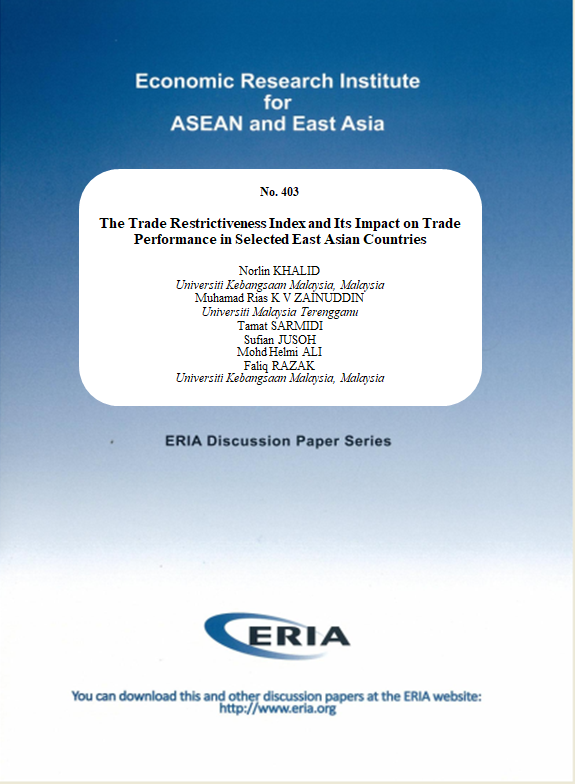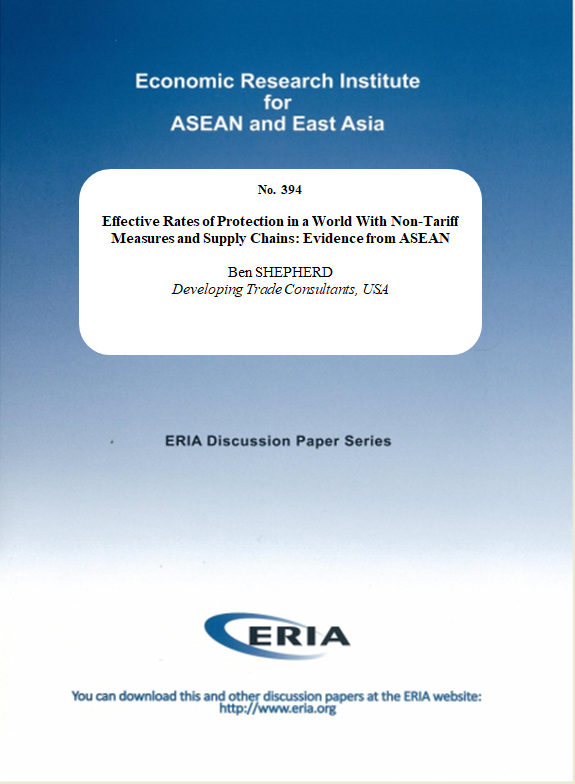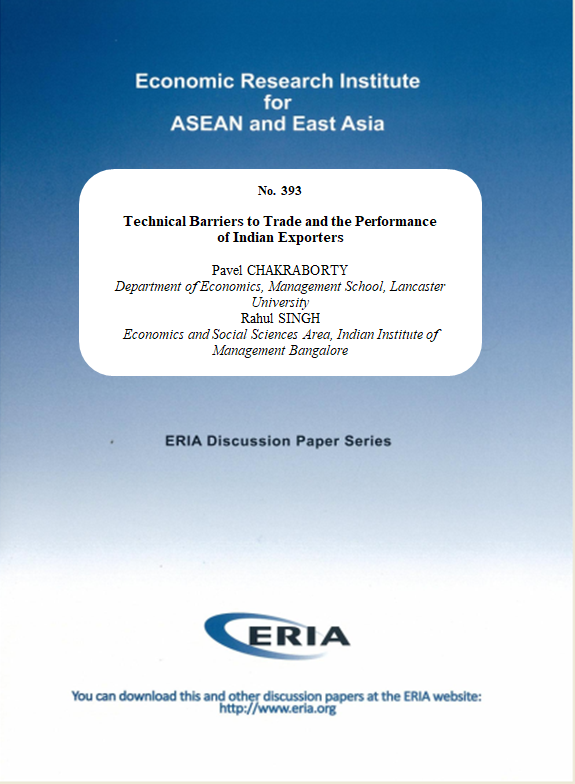The Trade Restrictiveness Index and Its Impact on Trade Performance in Selected East Asian Countries

Print Article:
This paper aims to investigate the effect of non-tariff measures (NTMs) on trade in selected East Asian countries. In doing so, we first estimate the ad valorem equivalent (AVE) of NTMs and construct an augmented trade restrictiveness index (ATRI) by measuring the overall external regulations imposed by importing countries. Second, we analyse the effect of the AVE and trade restrictiveness index (TRI) of importing nations on the exports of various sub-sector products for each country in selected East Asian countries. Based on a standard gravity model framework, we perform a Poisson pseudo maximum likelihood (PPML) regression at the sectoral level (Harmonized System 2-digit) for total exports and major sub-sectors (agri-food, health, logistics, and manufacturing). The findings show that the ATRI has a negative and significant relationship towards bilateral exports for total exports, manufacturing, and logistics sub-sectors. The negative impacts of the ATRI also highlight that trade barriers play a significant role in bilateral exports. NTM restrictions (proxied by the calculated AVE of NTMs) imposed by importing countries have mixed results for technical and non-technical measures. Where technical measures have negative and significant impacts on bilateral exports for total exports, manufacturing, and health sub-sectors. This implies that implementation of technical NTMs such as sanitary and phytosanitary (SPS) and technical barrier to trade (TBT) measures in importing nations adversely affect bilateral exports for these sub-sectors. This is in line with our hypothesis, as exporters may face difficulties in meeting the current NTM specifications, leading to lower bilateral exports. In addition, the results show that most trade agreements have a positive and significant relationship with ASEAN and East Asia countries’ bilateral exports, suggesting that free trade agreements enhance trade between countries.
The Trade Restrictiveness Index and Its Impact on Trade Performance in Selected East Asian Countries




